Business
Providing The Feedback Graphic Designers Need to Hear
Published
4 years agoon
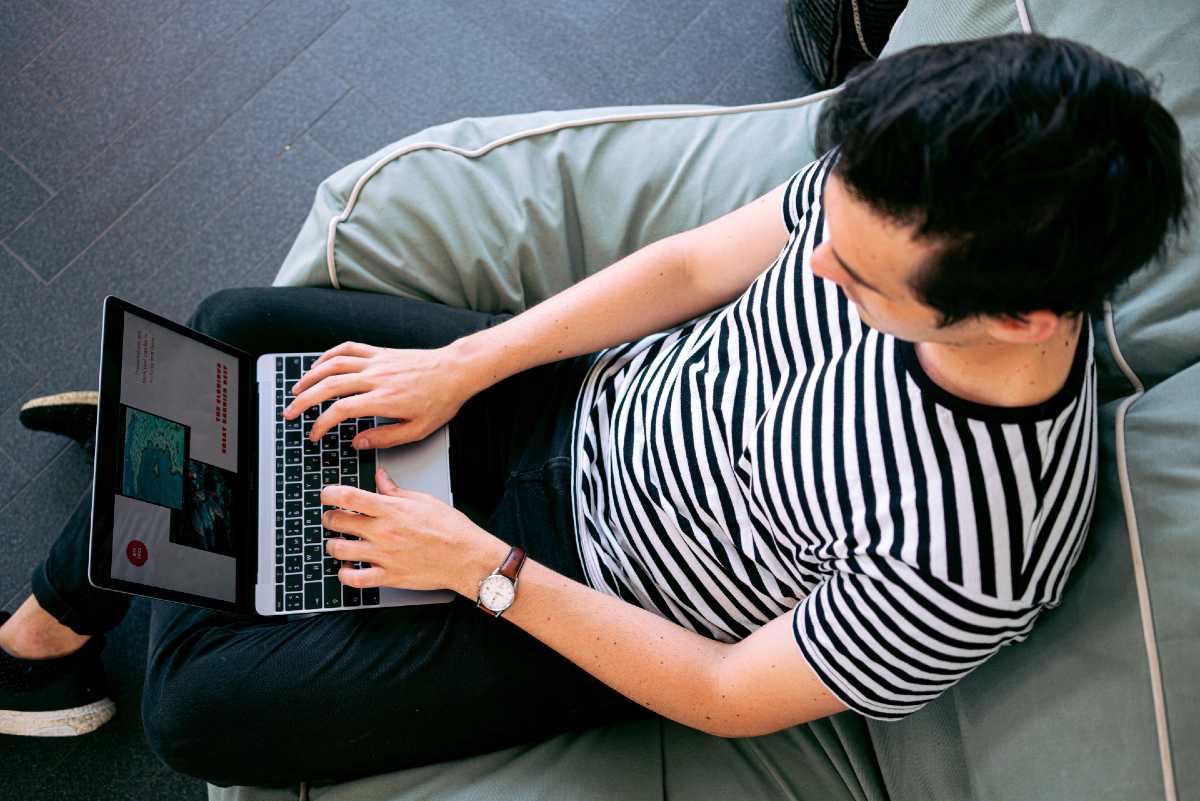
As a client requesting a project, providing substantial feedback graphic designers could use is necessary. But, in most cases, we’ve noticed that feedback from most clients is vague. That poses many challenges during the revision process. You see, if you do not pinpoint which specific design elements should be retained, and which should be eliminated, there’s going to be several back-and-forth communication. And yes, that could delay your entire marketing or business plan.
So here’s what we have for you. We have created a guide so you’d know what questions to ask your graphic design team. And at the same time, we want you to learn how to generate good feedback graphic designers could use. This should be beneficial not just for you but for your design team as well.
Before the Project Starts
Before starting the project, you must already manage each other’s expectations. At the onset, you need to provide the design team with your marketing or content calendar so they also have an idea of how much time is left to complete everything. Here are the questions you need to ask the team.
How Much Time Do You Need?
As they always say, you can’t rush art. And this includes your graphic design project. While you may have already drafted your marketing calendar, you must also adjust it based on your designer’s team capacity.
They can provide a more accurate timeline as they have an idea of the design process. For example, if your design request will start from scratch, they might need to request a longer time. On the other hand, if they already have a branding guide, providing a short deadline is more logical.
What Information Do You Need From Us?
Do not expect your graphic designers to read your mind. To be able to meet your expectations, you must provide them with the right tools. We are not talking about software and equipment as they most likely have these at hand. However, if you can provide them with supplemental materials such as images to use, the text copy, and design inspiration, they could already have an idea of how to design your project.
How Do We Communicate With You?
This question is also critical, most especially if you will outsource your design projects from a third-party service provider.
You must both establish a single channel where you can exchange ideas and information. If possible, set a regular meeting schedule with the design team and discuss the progress. This is a more practical approach than waiting for the whole design to be finished. With this, you can already pinpoint what might not work, and they could revise it right away. It saves time and effort.
Are You Familiar with Our Business Goals?
It won’t hurt if you reiterate with the team your business objectives. They need to be in line with the rest of the team to anchor their ideas properly. If you need to provide them additional information aside from the design brief, we recommend doing so. Graphic design is more than just creating aesthetically-pleasing output. It should be backed up by theories and should be your brand’s ‘weapon’ in sending messages to your audience.
During Design Process
The bulk of your questions should naturally come before your designer sits in front of the computer to draft. However, as they try to complete the project, you need to work closely with the team and provide substantial feedback graphic designers could refer to. While you might have your own ideas, you must also understand the logic of why your designer might be tweaking some of your suggestions.
Instead of imposing that they must follow your ideas, ask questions and be more open to new perspectives. Here are a few questions that will encourage your design team to speak up.
Why Did You Use These Design Elements?
A professional graphic designer will not just base their designs on what the eyes could see. They are trained to target the audience emotionally. And they can do this by using the right lines, shapes, and even color.
Allow them to provide a rational explanation on why their ideas could work better. You must also trust their judgment and knowledge on how you can speak to your market through visuals. After all, that’s their expertise, and it’s for that reason you hired them.
Which Parts Do You Think We Should Eliminate?
At times, we could be highly subjective with our decisions. If your designer followed every single detail from your request, you tend to be satisfied. And that’s natural.
However, some designers are not assertive enough even if they have brilliant ideas. With this, you need to ask them specifically what needs to be changed. After receiving the initial draft, ask them, “Do you think this will work for the market? What could be improved?” This is the kind of feedback graphic designers need.
As they provide their own suggestion, you begin to accept that there might be design flaws. You get to learn more, and the design project can be improved accordingly.
When Do We Get the Final Output?
Even if there’s already a deadline, check with the graphic design team if the remaining time is enough for them to create revisions. With all the changes and requests, perfecting a graphic design is like hitting a moving target. You might need to be more flexible with the schedule and deadline.
After Executing the Design
Graphic design for brands and businesses doesn’t stop when you already have the visuals at hand. You need to constantly win the market in order to generate sales. In that case, asking questions after execution is also necessary. Plus, you can see the feedback graphic designers received from you.
You can ask your design team the question below.
Which Design Theme are We Going to Use?
This question is important if you plan to do split testing and have multiple designs published for your audience. More often than not, the analytics could provide more solid information that your designers could use. It could help them identify which design elements work best for the market. They could refine the new design based on the strengths from each sample to create a better output.
Conclusion
When you are about to give your thoughts to your designer, you must remove your personal biases, most especially if your design is for a brand. What matters most is your market and how they will perceive the design. You need to be objective and collaborative when giving your feedback. Whenever possible, ask your graphic design team the questions above. That’s how you can create a compelling graphic design, whether it’s a logo, poster, billboard, or social media ads.
You may like
Business
Omnichannel Marketing Platforms: Definition, Examples & Tools
Published
3 months agoon
August 22, 2024By
Kai Kelis
Omnichannel has become a recent buzzword online. That’s because the business landscape has shifted most of their marketing efforts into virtual communication. Advertisers are always looking for new ways to boost online connections with audiences while increasing sales. This is how “omnichannel” sprouted quickly and into every marketer’s arsenal. But what is omnichannel, and what are some omnichannel marketing platforms that do the job? Read on to find out.
What is Omnichannel Marketing?
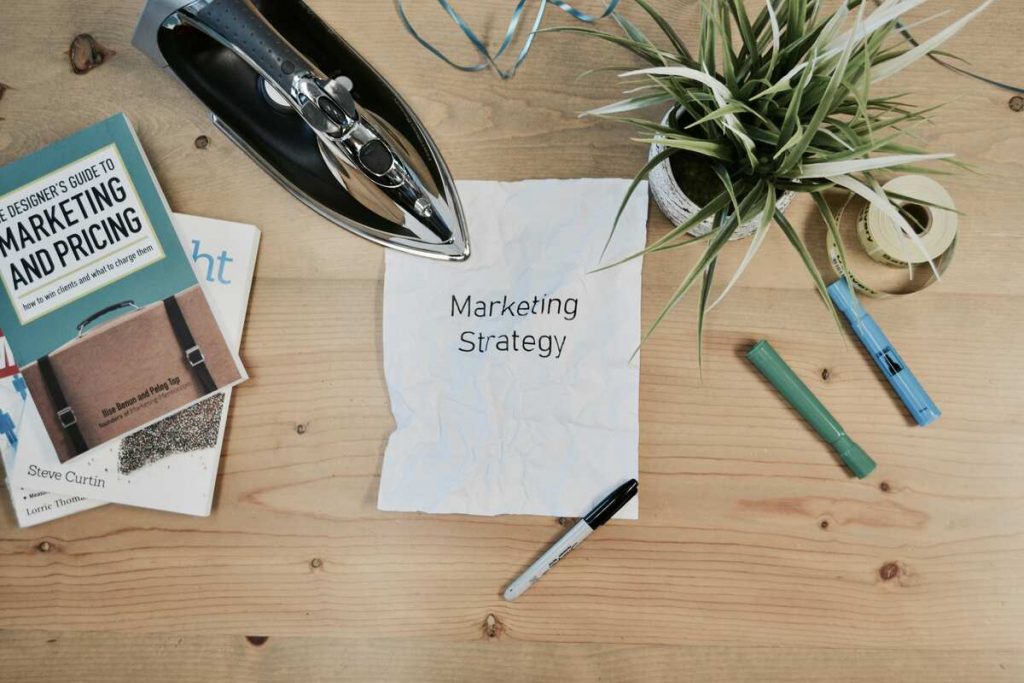
The concept of omnichannel is simple. It aims to provide marketers a quick way to communicate with their customers and get as much engagement and conversion as possible from one go. Their objective is for customers to enjoy a seamless shopping experience on multiple brand channels, including online, mobile, or in-store. This means, marketers would have to show customers the same pricing and promotions across all brand channels.
However, it also goes beyond that. You have to ensure that customers can navigate through different channels with ease. This means customers can switch between your brand channels without any roadblocks. For instance, a customer can order from your online store and have the option to pick it up from your physical location. One way to increase sales is by offering customers additional items to boost order value.
Why is Omnichannel Marketing Important?

Omnichannel marketing is crucial these days since most people have shifted to online browsing and shopping. Moreover, if advertisers market on three or more channels, this could result in a 90 percent higher retention rate compared to using a single-channel campaign.
Additionally, omnichannel marketing also strengthens your brand messaging since campaigns are consistent across all platforms. But what are the primary reasons why advertisers focus on omnichannel marketing?
- Brands will get high customer retention
- Gains customer loyalty
- More personalization in the customer’s journey
- More integrated business
- Better customer insight
- Smooth and enjoyable customer experience
How Does Omnichannel Advertising Work?
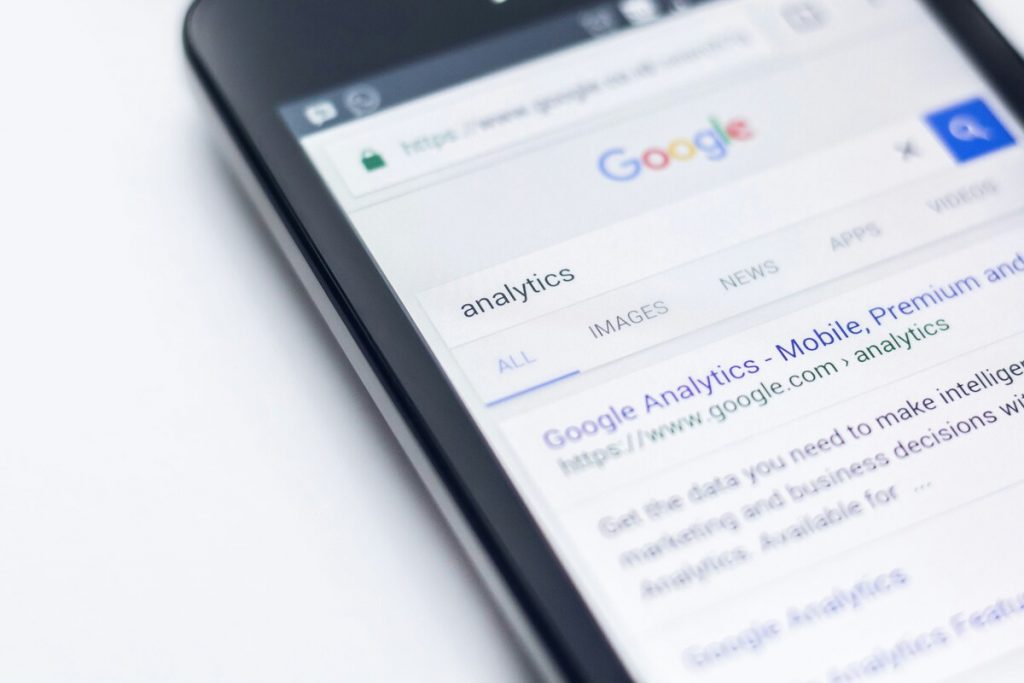
An example of omnichannel marketing is when a sports retail store sends its prospects an email containing a recent promotion on its newly launched running shoes. The email content shows the link to the promotion. Once customers click this link, they are taken to the brand’s eCommerce website. Instructions also let them know they can get it from the brick-and-mortar store.
Another example is when a furniture store shows a behind-the-scenes video on YouTube about how its experts craft their pieces. Once viewers watch the video, they are welcomed with a link inviting them to join the brand’s email newsletter.
10 Omnichannel Marketing Platforms

Here are 10 best omnichannel marketing tools.
1. BigCommerce
This online and offline sales tool is for large-scale businesses looking to streamline their advertising strategies. BigCommerce unifies all marketing campaigns in an easy and convenient platform, including in-store, online, social media, and marketplaces. It can also handle large volumes of sales, traffic, and transactions, providing customers with a smooth experience.
2. NewStore
NewStore is the tool for all your POS and inventory management systems. It can manage orders, inventory, and customer data across the brand’s channels. It also comes with robust marketing tools that offer personalized engagement, such as push notifications, mobile apps, and location-based marketing.
3. Glassix
If you’re looking for the best omnichannel marketing platforms for communication, Glassix sits at the top of the list. It’s an AI-powered advertising tool that helps with email, SMS, live chat, messaging apps, and social media. Using Glassix means tracking all customer interactions and messages in one user-friendly interface is easy. It also lets you send targeted messages to your audiences based on their preferences and behaviors.
4. Desku
In addition to integrating all customer communications in one interface, Desku also helps with automation functions, such as chatbots, canned responses, ticketing systems, and more. Plus, it offers reporting tools and analytics to monitor progress.
5. Omnisend
Omnisend is the platform for all your SMS and email marketing campaigns. It’s best suited for eCommerce businesses and allows advertisers to create, monitor, and automate campaigns across all channels. It offers drag-and-drop features and is extremely easy to use.
6. Tidio
When searching for the best omnichannel communication platform, Tidio ranks high. It’s designed to facilitate customer interactions, manage inquiries, and offer real-time support.
7. Adobe Experience Cloud
You can’t succeed in omnichannel marketing without using a cloud-based service. And Adobe Experience Cloud ensures you get the right cloud-based solution for optimizing customer experiences. You can use this tool to build and manage customer journeys through AI-powered insights. You can also integrate this platform with other Adobe tools like Adobe Experience Manager, Adobe Target, Adobe Campaign, Adobe Analytics, and more.
8. Revealbot
If you’re spending time on paid ads, Revealbot will help you manage them in one user-friendly interface. It’s a marketing tool that helps optimize digital advertising campaigns on Instagram, Facebook, TikTok, and Google Ads. You can use this tool to set automation features, campaign budgets, and custom ad rules.
9. Shopify Plus
Shopify Plus if one of the best omnichannel marketing platforms for eCommerce businesses. It helps create a streamlined customer shopping experience. From workflows and checkouts to customer segmentation and targeted marketing campaigns, this is a reliable tool to use.
10. Oracle CX Commerce
Oracle CX Commerce is the best solution for B2B and B2C businesses. It’s a cloud-based eCommerce platform that helps provide personalized experiences. It also offers advanced features that simplify segmentation, customized content, targeted promotions, and customer engagement.

If you frequent the outdoors, you know how important protecting your playground is. When you’re close to nature, you must always prioritize eco-consciousness. While you practice sustainable habits, supporting brands prioritizing sustainability becomes a top priority. If you’re always planning an outdoor adventure and need the gear, here are the top 10 sustainable outdoor gear brands you must check out.
1. Patagonia
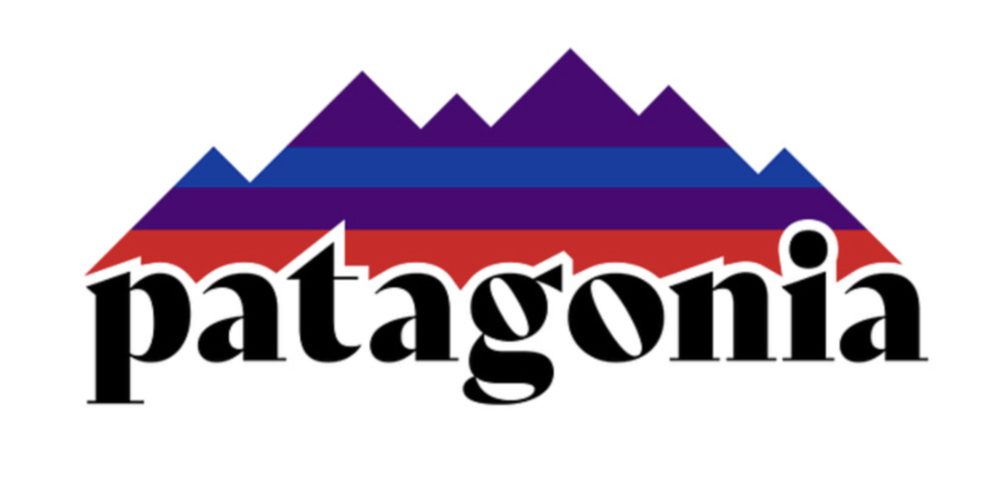
Over the years, Patagonia has lined up its corporate social responsibilities, mainly focusing on labor and the environment. They have robust social responsibility programs that ensure workers and communities are cared for. Patagonia claims that 85 percent of its products are made in factories with Fair Trade Certified certifications. The brand also helped over 85,000 workers by participating in Fair Trade programs. The brand also helped more than 2,000 farmers from its Regenerative Organic Certified cotton program.
2. Osprey
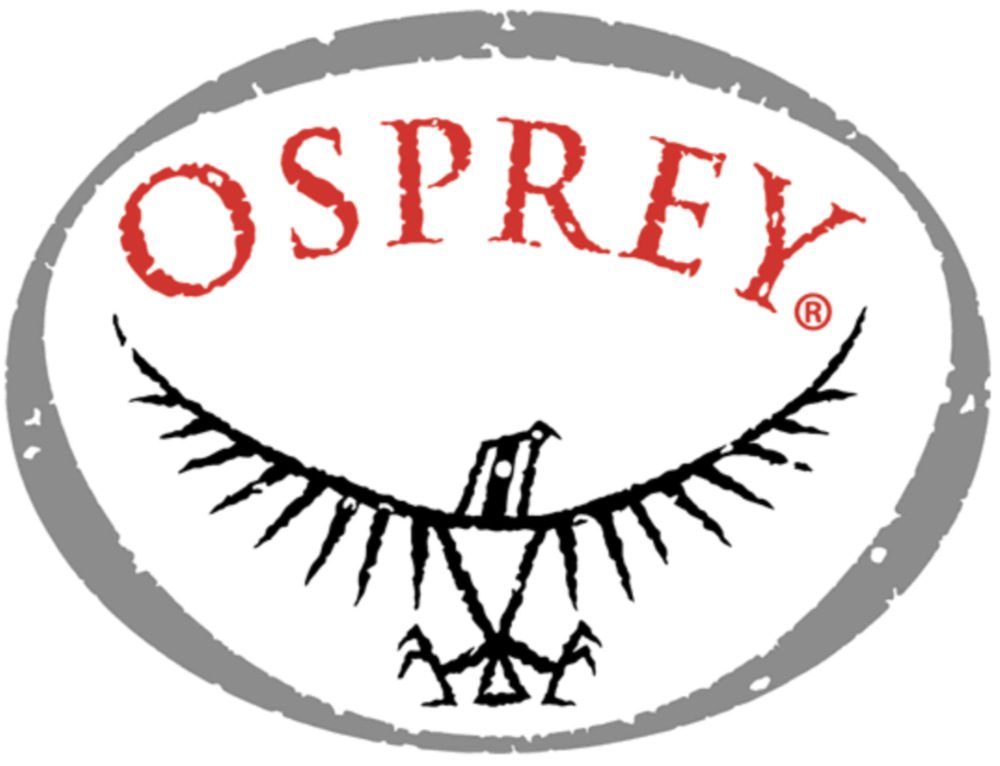
Osprey, a brand that creates robust backpacks for travel and outdoors, is also committed to sustainability. The company is a trusted bluesign SYSTEM partner, which helps eliminate PFAS-based DWR in 100 percent of its textile products. On top of its promise of eco-friendly materials, the standard for its backpacks is unparalleled, offering durability, functionality, and repairability. These products undergo field testing and athlete evaluations to ensure it’s a pack that runs a lifetime.
3. Hydro Flask

Plastic bottles comprise one of the highest numbers of ocean pollutants. Hydro Flask is committed to minimizing this by introducing excellent insulated water bottles that last a lifetime! I bought one five years ago, and the insulation functionality still works like the very first day I got it. The brand boasts its recycled-content bottle, the Slingback Bottle Pack, with a 100 percent recycled polyester body. It also eliminated single-use plastic for its packaging, specifically for 90 percent of its products. Hydro Flask uses soy-based inks and no foils and varnishes for their products too!
4. Black Diamond
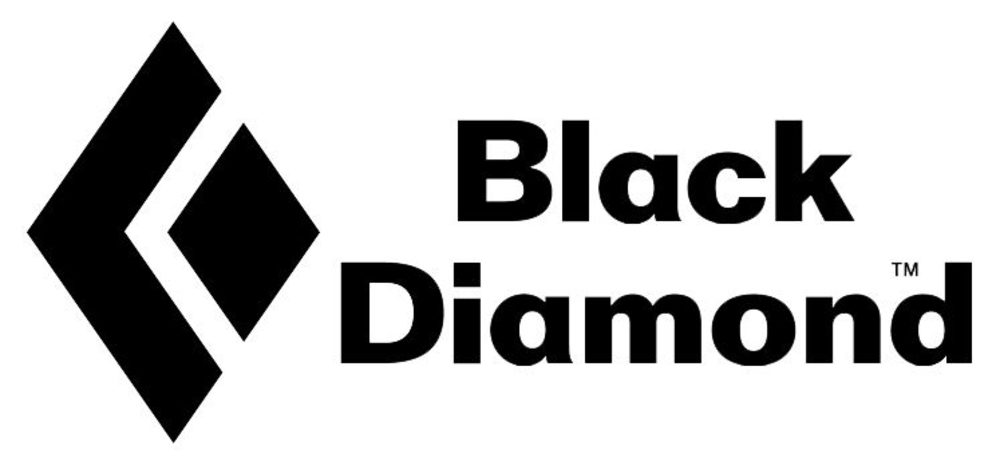
Black Diamond is among the top brands for the best outdoor gear, specifically reliable and durable helmets. The company’s ethos is based on the team’s outdoor pursuits. First, the company’s 12,000-square-foot headquarters is energy-efficient, with a 2,200-watt solar photovoltaic system that generates about 3,000 kWh of electricity per year. Black Diamond also advocates for sustainable outdoor and recreation practices and is a founding member of the Outdoor Industry Association’s Climate Action Corps.
5. Sierra Designs
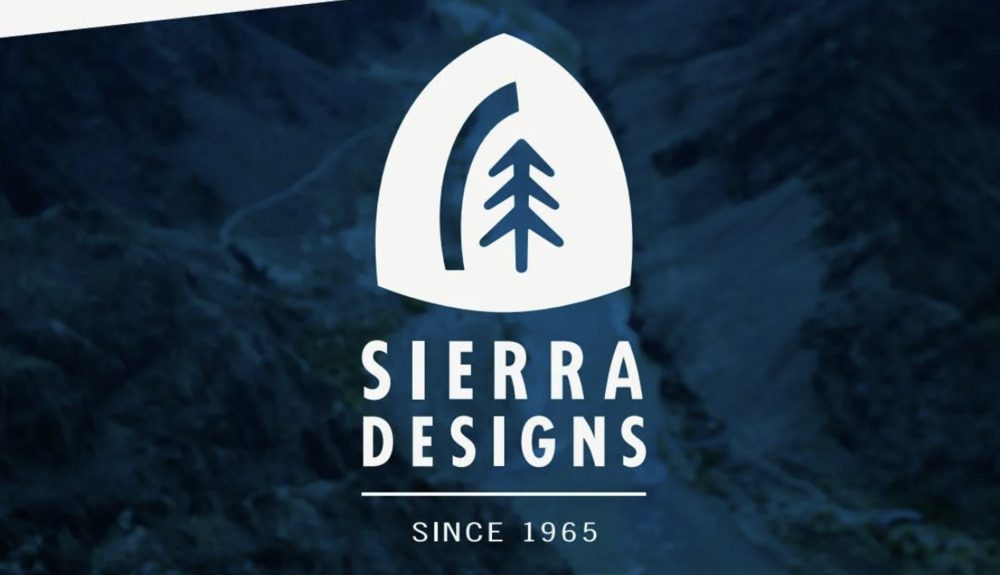
Sierra Designs is also one of the best sustainable outdoor gear brands you can rely on. They aim to create products that have as minimal impact as possible on Mother Nature. The brand boasts the DriDown product, which ensures that feathers come from animals that weren’t subjected to any harm. The brand also uses neglected recycled materials for its fabric’s exteriors and insulation for apparel and sleeping bags. A lifetime warranty also backs all Sierra Designs products.
6. Hyperlite

Hyperlite is your go-to outdoor gear brand if you’re into climbing, hiking, or rock climbing. The company is committed to sustainability for as long as the brand is still in operation. They created the Hyperlite Mountain Gear ethos, essentialism, which differs from minimalism. The brand believes that an intentional and thoughtful approach to assembling its backpacks ensures its products are safe, comfortable, warm, and efficient. Hyperlite is a proud partner of Dyneema, a bio-based fiber company, and promises to use this fiber in all its outdoor gear products.
7. MSR
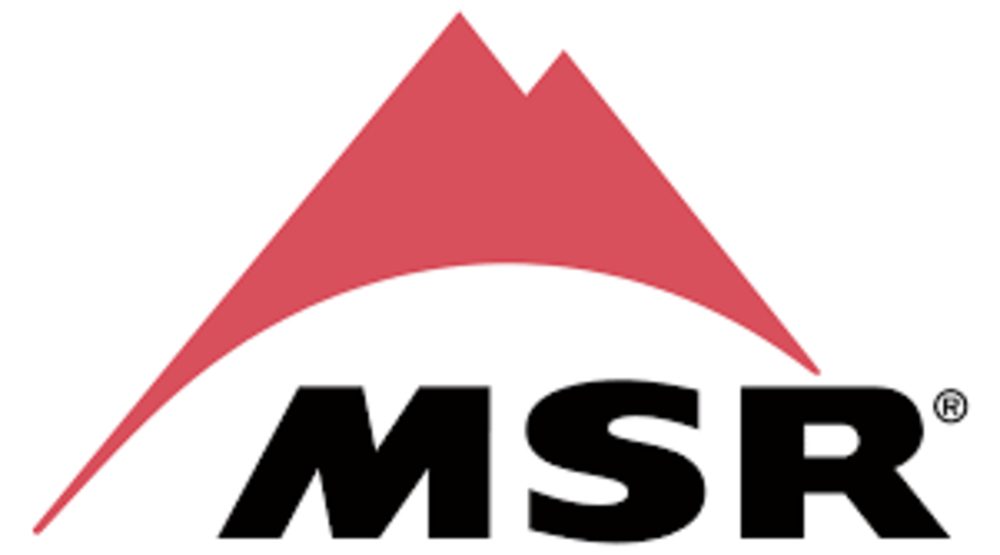
For all your climbing equipment, don’t miss out on MSR products. The founder, a lifelong mountaineer, believed that a safe and reliable equipment is key to greater adventures. Today, the brand is proud to hand-build many MSR products. The brand is also another founding members of the Outdoor Industry Association Sustainability Working Group. It’s a collaboration of over 300 outdoor brands, manufacturers, and suppliers that focus on sustainability challenges and solutions.
8. Sunski
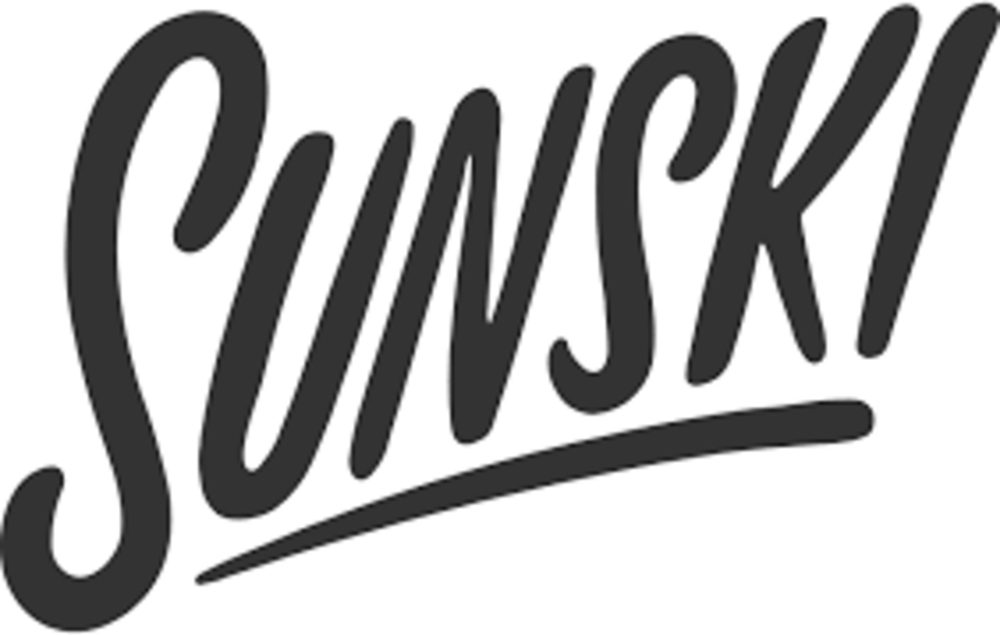
When you’re enjoying outdoor adventures, make sure you enjoy it in style with Sunski sustainable glasses. Sunski is a fantastic eyewear manufacturer in America that uses plastic scraps to turn into frames! A unique sunglass niche in the industry. The sunglasses are flexible, lightweight, and extremely durable. All Sunski customers will also get a lifetime warranty for their glasses. And if they break? Repair or replacement is free!
9. Cotopaxi
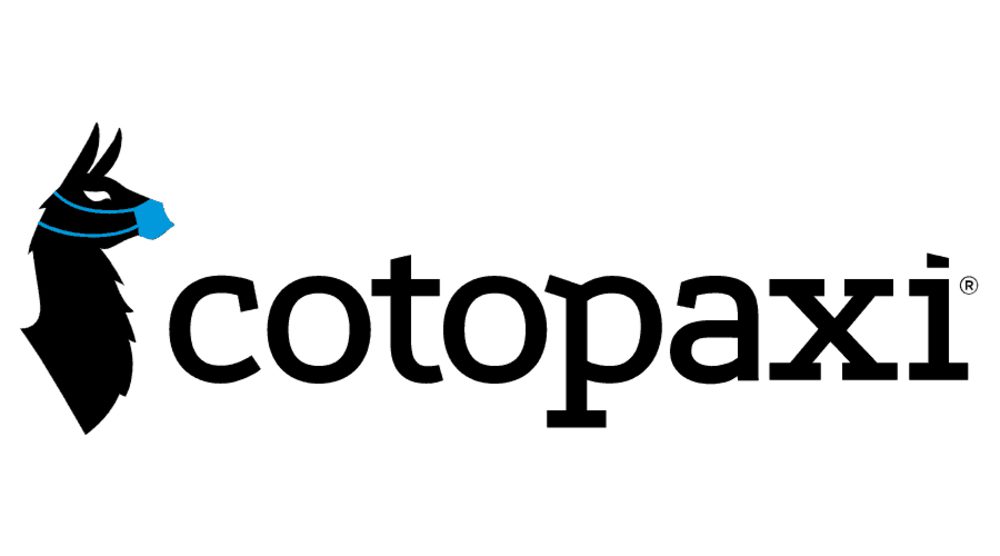
Cotopaxi backpacks, travel packs, hip packs, and duffels are colorful and vibrant and made with eco-friendly materials. They embarked on the The (Re)Purpose™ Collection program, which uses recycled deadstock or leftover fabric from other fashion brands. They also offer a lifetime guarantee on repairs or replacements. As members of the Sustainable Apparel Coalition, they support Amazon’s reforestation. Cotopaxi believes that doing good will create a ripple effect, so they reward customers who #DoGood!
10. Goal Zero

Here’s another eco-friendly outdoor gear brand for all your needs and more. To offer you the best outdoor camping experience, Goal Zero even sells power essentials, such as inverter generators, handheld portable power devices, solar panels, and battery banks. The company also aims to practice eco-conscious manufacturing methods by ensuring all 10+ factories in nine countries adhere to environmental and human rights standards. Its top sustainable camping gear is the Yeti Portable Power Station, with a four over five rating!
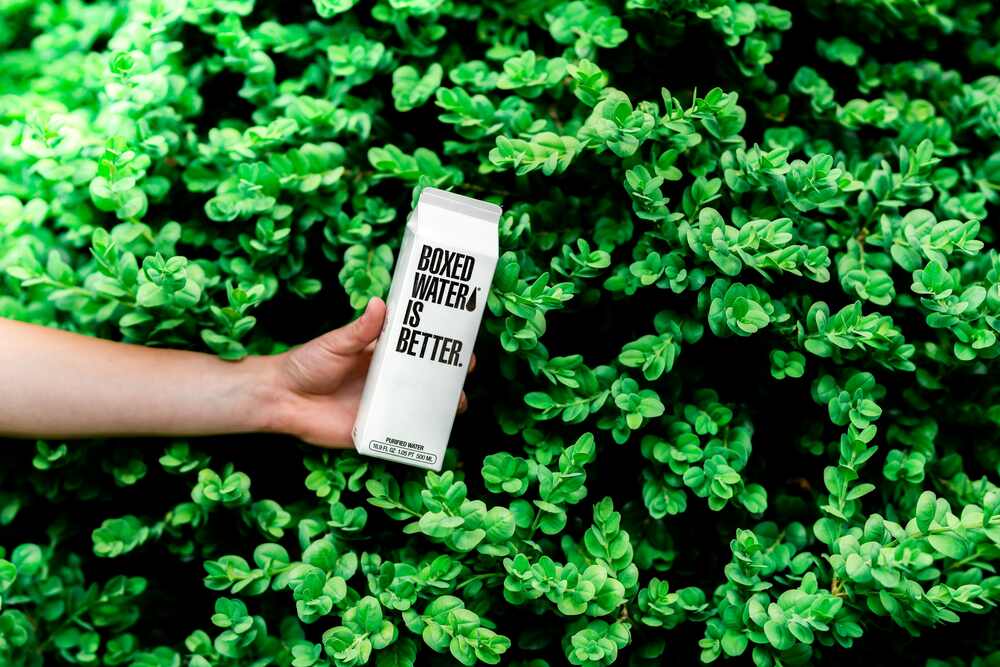
Eco-consciousness and health and fitness must be the perfect tandem. If you prioritize your health and fitness, the same care should also concentrate on sustainability. While you’re focused on your fitness goals, the process shouldn’t be as destructive to the environment. Just like you want to nourish your body with the good stuff, you also want to protect Mother Nature like it’s your own body. After all, the outdoors offers so much to benefit your health in the long run. Hiking, camping, rock climbing, surfing, swimming, to name a few. That said, protecting your playground as much as possible is only fitting. And that starts with choosing the most sustainable activewear brands. Here are the top 10 sustainable brands for fun and play.
1. Iron Roots

While some activewear brands claim 80 percent sustainability, Iron Roots embarks on 100 percent sustainable products and processes. It’s plastic-free all-organic athletic apparel that will not only make you feel good but also make you feel better about wearing Mother Nature-friendly apparel. Founded in 2018 by Dutch friends, the founders combined functionality, design, and sustainability in beautiful sportswear. They were both fed up with how the market manufactures most apparel from unsustainable materials. The brand uses non-plastic materials and unique plastic-based apparel like polyester. It’s a breathable and comfortable activewear that will help you achieve your fitness goals!
2. Girlfriend Collective

Girlfriend Collective is a Seattle-based brand making waves in the sustainable activewear niche in 2024. They are famous for their sports bras, trendy gym tops, leggings, and more! But the best part is the teams behind this brand are tree huggers, prioritizing recycled materials for their apparel. From fabric scraps to water bottles and fishing nets, you know you’re working out and helping the brand’s mission. The brand also uses eco-friendly dyes to color its clothes while managing wastewater responsibly. They created the ReGirlfriend program to prevent textiles from being in landfills!
3. Patagonia
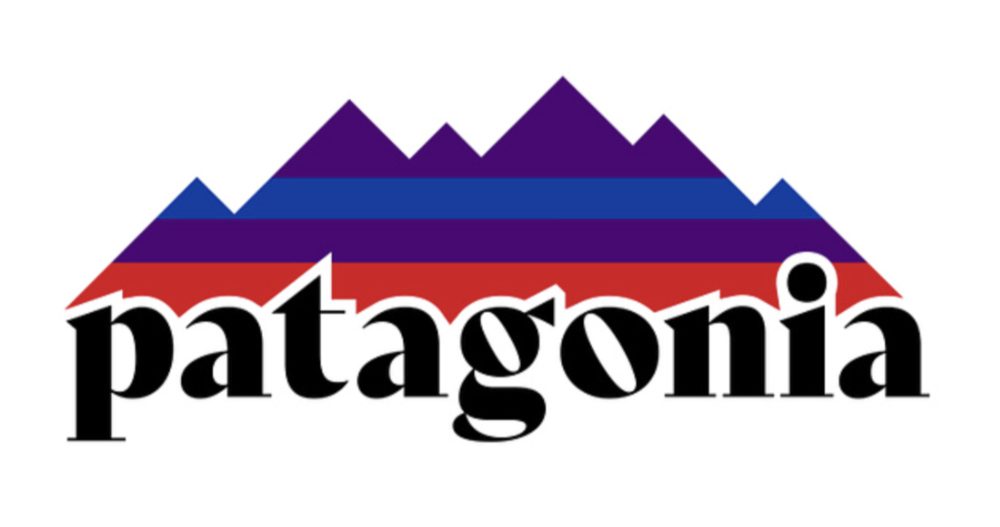
Every outdoorsperson has heard of the famous brand Patagonia. The company has set a gold standard for sustainable apparel and manufacturing. Recently, the popular activewear brand has revamped its ownership structure to ensure it allocates a budget for environmental initiatives. The brand not only outsources sustainable materials and works with eco-conscious factories, but it is also transparent about it.
4. Groceries Apparel
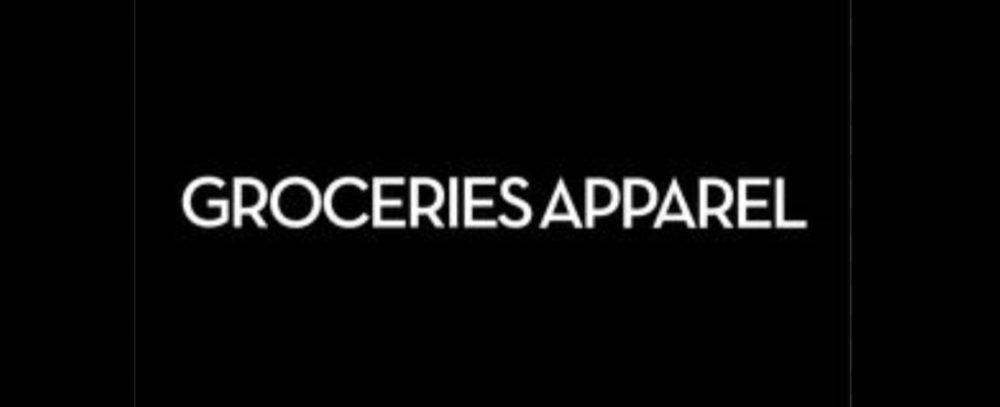
Groceries Apparel is another sustainable activewear brand that focuses on upcycled food waste without needing third-party people or factories. They manufacture their activewear themselves through non-toxic and locally sourced materials. Who would’ve thought another person’s food waste could be a gym rat’s workout clothes? They manufacture all their products in their Los Angeles factory, making them a 100 percent self-sufficient brand!
5. Move by Mate

Move by Mate knows that conventional cotton, a material used by most apparel brands, is detrimental to the environment due to its pesticide use, heavy farming, and excessive water consumption. Move by Mate is also one of the sustainable activewear brands that uses organic cotton instead of traditional cotton, keeping the soil healthy. They claim that organic soil is also more breathable.
6. Wolven
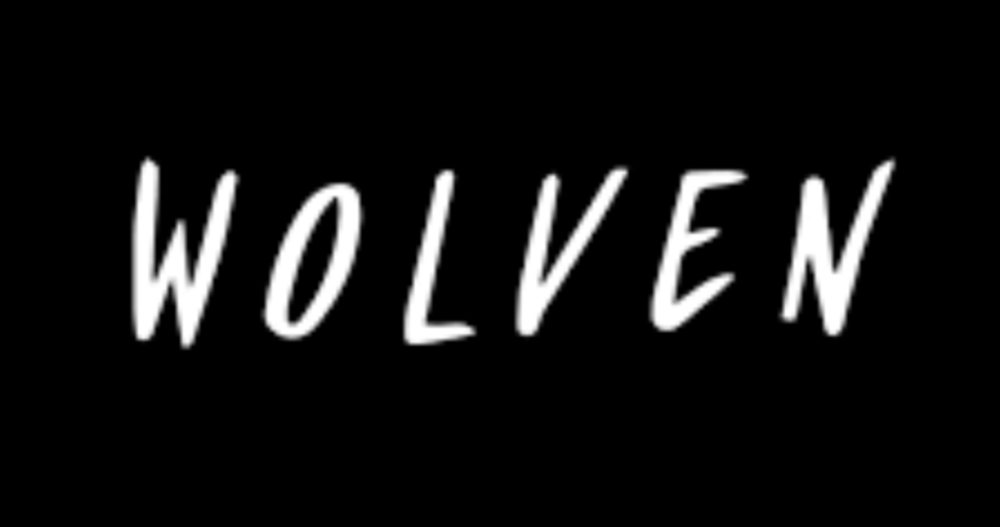
If leggings are your workout go-to, then you must check out Wolven. It’s a brand that produces recycled sexy leggings for your exercise routines. Wolven is also deemed Lululemon’s competitor due to its elegant designs in multiple muted colors. Wolven leggings are made of 84 percent recycled PET or plastic bottles. The brand’s recycled materials are also Global Recycled Standard-certified. When you buy Wolven leggings, you’re guaranteed they are free of uncomfortable, harmful chemicals.
7. Reformation
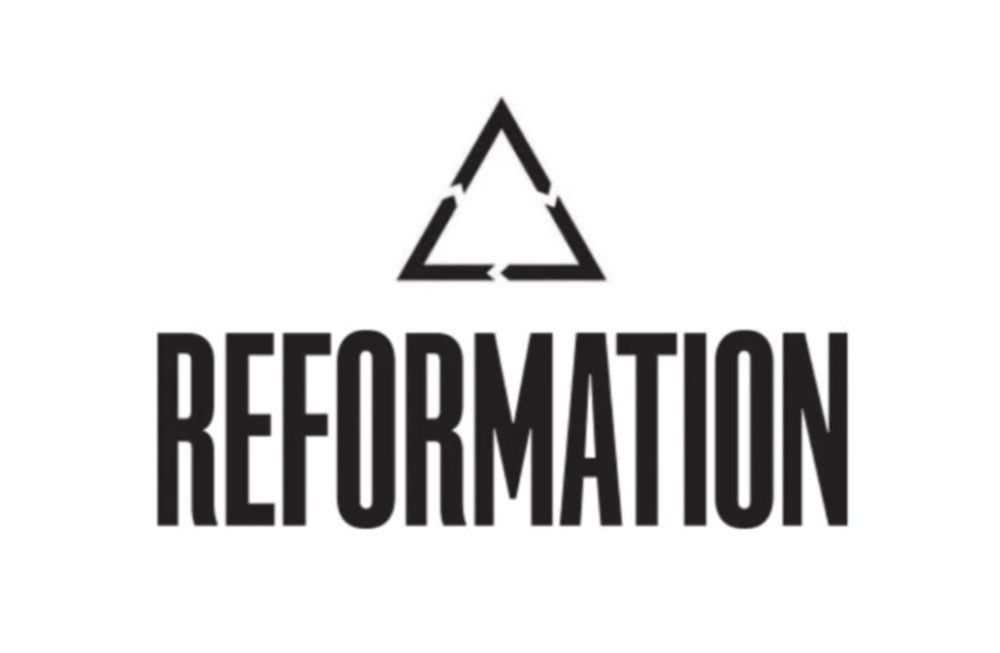
You can be sure this brand is one of the most mainstream activewear brands that doesn’t take eco-consciousness lightly. Reformation boasts multiple eco-friendly initiatives, and they will not stop anytime soon. For one, they have a RefRecycling program, encouraging customers to drop off their used Reformation products in exchange for store credits. Moreover, Reformation also partners with many eco-conscious organizations like Bluesign. They also have a FactoryForward to ensure their suppliers become the best at what they do.
8. Gngr Bees
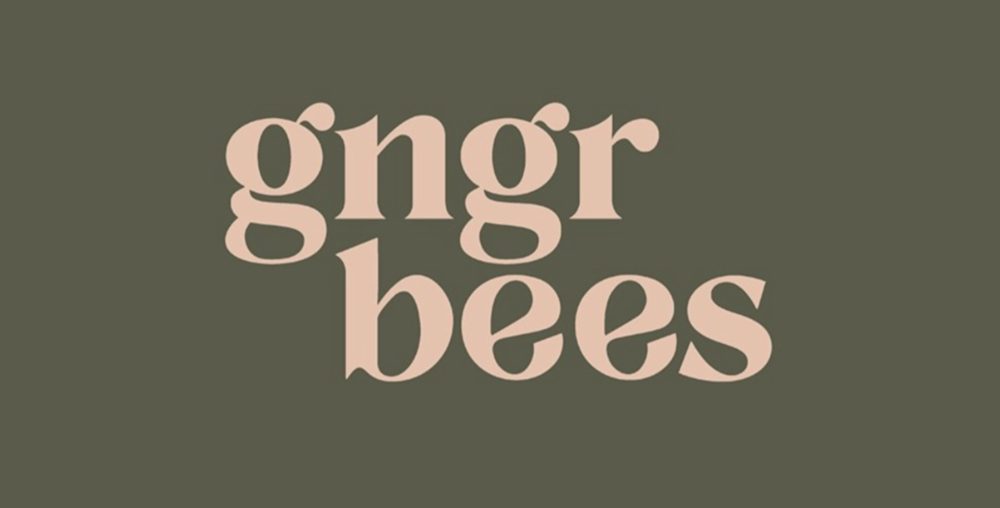
Founded in 2019, the owner, Natalia Grisard, was inspired to create Gngr Bees by her love for wildlife. She claims this brand is “driven by purpose and not by profit.” The brand’s apparel is made from discarded products. The company has reclaimed over 45,000 plastic bottles and over 4,000 kilograms of fishing nets. Gngr Bees also partners with Azizi Life and Beach Collective to plant mangroves and recycle ocean-bound plastic.
9. The North Face
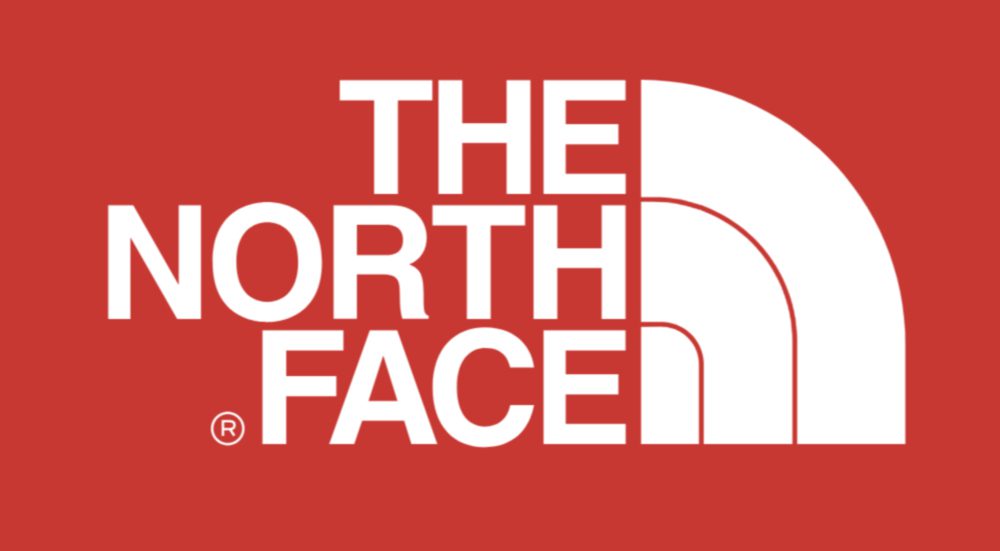
The North Face has a long history of embracing eco-friendly products, initiatives, and commitments ever since. They are committed to prioritizing nature through science-based and actionable goal-setting. The North Face ensures all their materials are 100 percent recyclable and responsibly sourced. They created the North Face Renewed program that focuses on circularity by giving used gear a second life. This way, they are given a chance before users toss them into a landfill.
10. Tentree
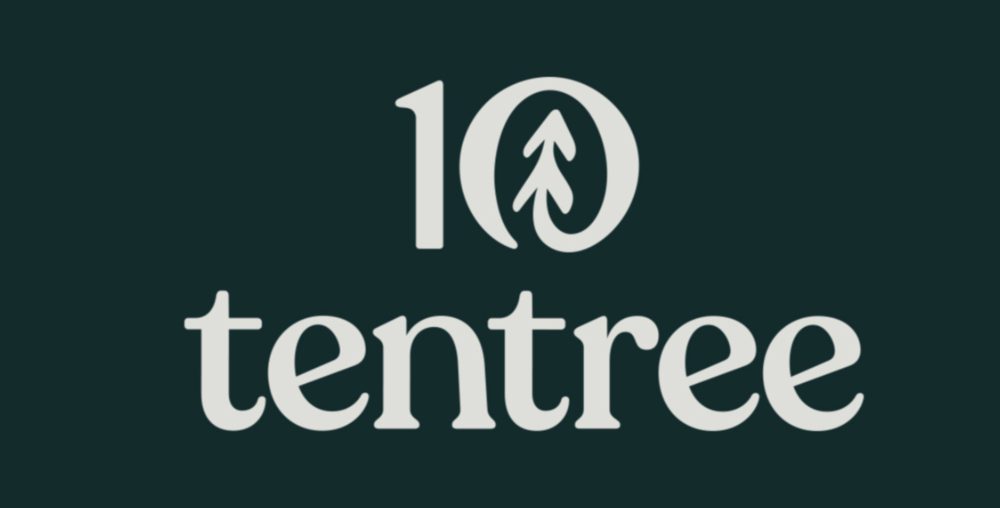
Tentree is a Vancouver-based brand that believes in the power of tree planting. Its name is embedded in its company vision to plant ten trees in exchange for every item purchased. The company centers its practices on environmentally friendly ways, which they call the “earth-first approach.” This focuses on safe and fair working conditions for all employees and prioritizes sustainable and recycled materials for their products. Some of these materials are Tencel lyocell, Repreve polyester, and more. They created the Climate+ Initiative, which lets customers prevent carbon emissions by buying a pack of trees.

8 Popular Mobile Payment Systems

Omnichannel Marketing Platforms: Definition, Examples & Tools

10 Camping Tech Tools for a Fun Adventure

10 Adventure Travel Destinations You Don’t Want to Miss

10 Sustainable Outdoor Gear Brands

10 Sustainable Activewear Brands

